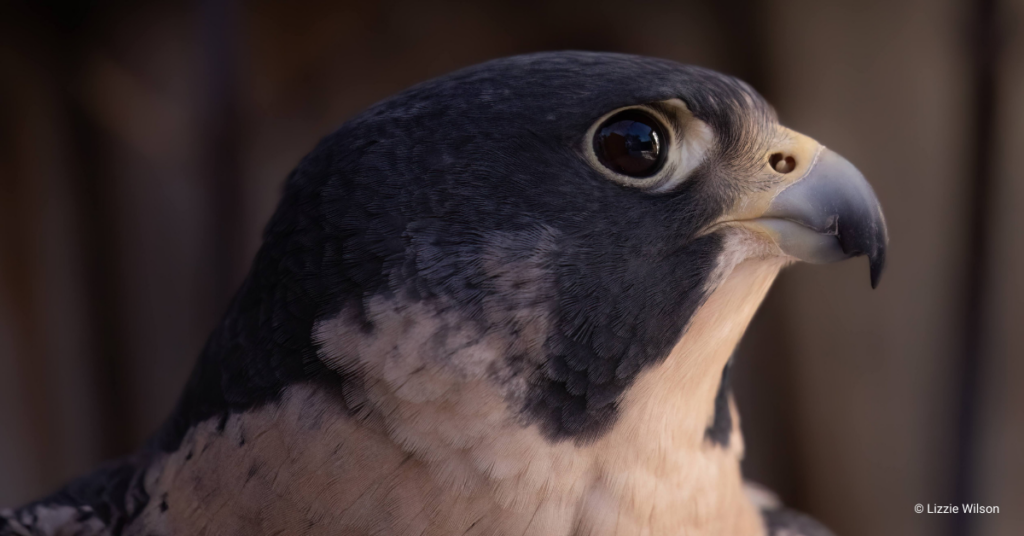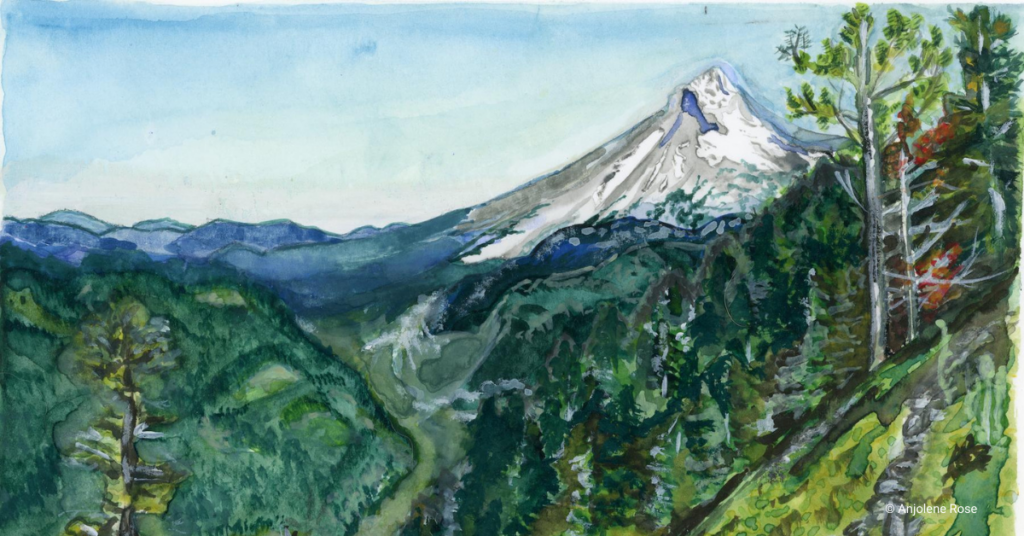American Kestrels are North America’s tiniest falcons and are also one of the continent’s most common raptor species. Long-term migration counts, Breeding Bird Surveys, and Christmas Bird Counts, however, have alerted researchers to declines in American Kestrel populations. In order to determine what could be causing these declines, HWI and other organizations have intensified research efforts on American Kestrels. In 2013, HWI initiated a long-term study looking at all phases of their lifecycles within the Salt Lake Valley. Since then, we have expanded the effort to the Pullman, WA/Moscow, ID, and Tucson, AZ areas.
One of the focal points of our American Kestrel Studies includes breeding season monitoring. Studying this phase of a kestrel’s life provides information about reproduction and survival rates. To collect these data, our staff and a network of over 50 Community Scientists monitor over 500 nest boxes and natural cavities throughout a variety of landcover types in Utah, Arizona, Idaho, and Washington. We use low-profile cameras to check on these cavities weekly from February to July, keeping track of which nests become occupied, when and how many eggs are laid, how many hatch, and whether the nesting attempt is successful. Our team colorbands breeding adults and the nestlings once they reach the right age. Reports of these alpha-numeric color bands trickle in throughout the year to help our team better understand kestrel survival and movement within our study areas.
Research often requires costly equipment, such as GPS transmitters that can cost thousands of dollars. That being said, a lot of equipment we use can be found at your local hardware store, or even in your recycling bin. Keep on reading to see what tools we use to monitor American Kestrels during the breeding season.

M Paint Roller Extension Pole: To limit human contact, and disturbance to the nestlings, and to keep our Community Scientists safe, we use these poles to look into nest boxes from the ground. We attach our action cameras or paint rollers to this tool.
N Drilled Cat Litter Bin: When banding and taking measurements of nestling kestrels, we briefly place them in these bins to easily transport them, keep them contained, and shaded from the sun.
O Telliscoping Ladder: These ladders can shrink and extend, allowing them to easily fit inside a car and be carried by one person.
P Paint Roller: The shape of a paint roller just so happens to align perfectly with the shape of a nest box entry hole. We use these to plug the opening when we are ready to band the nestlings so that they safely remain in the box just prior to being banded.
This blog was written by Sammy Riccio, HWI’s Communications Manager. You can learn more about Sammy here.



